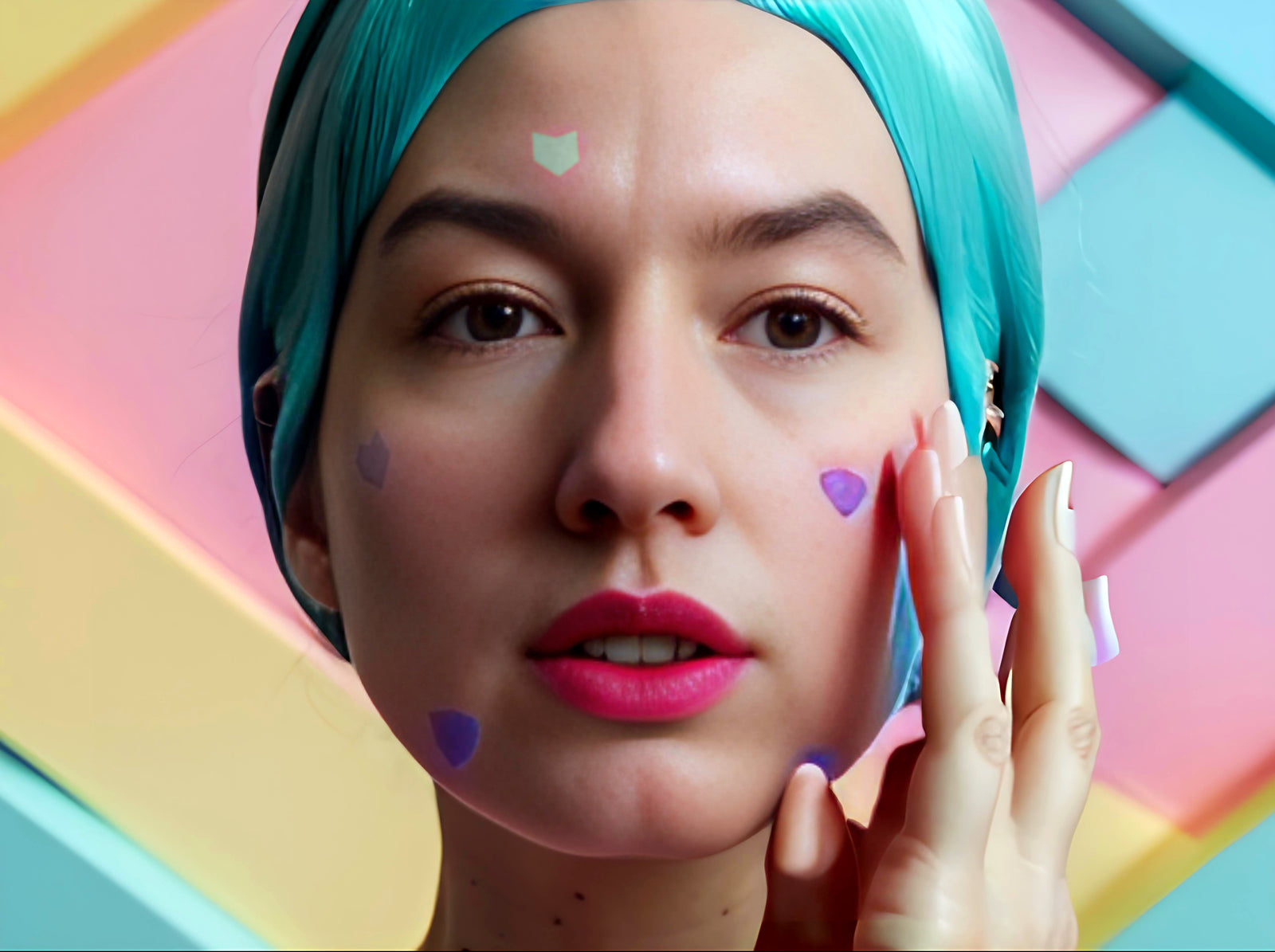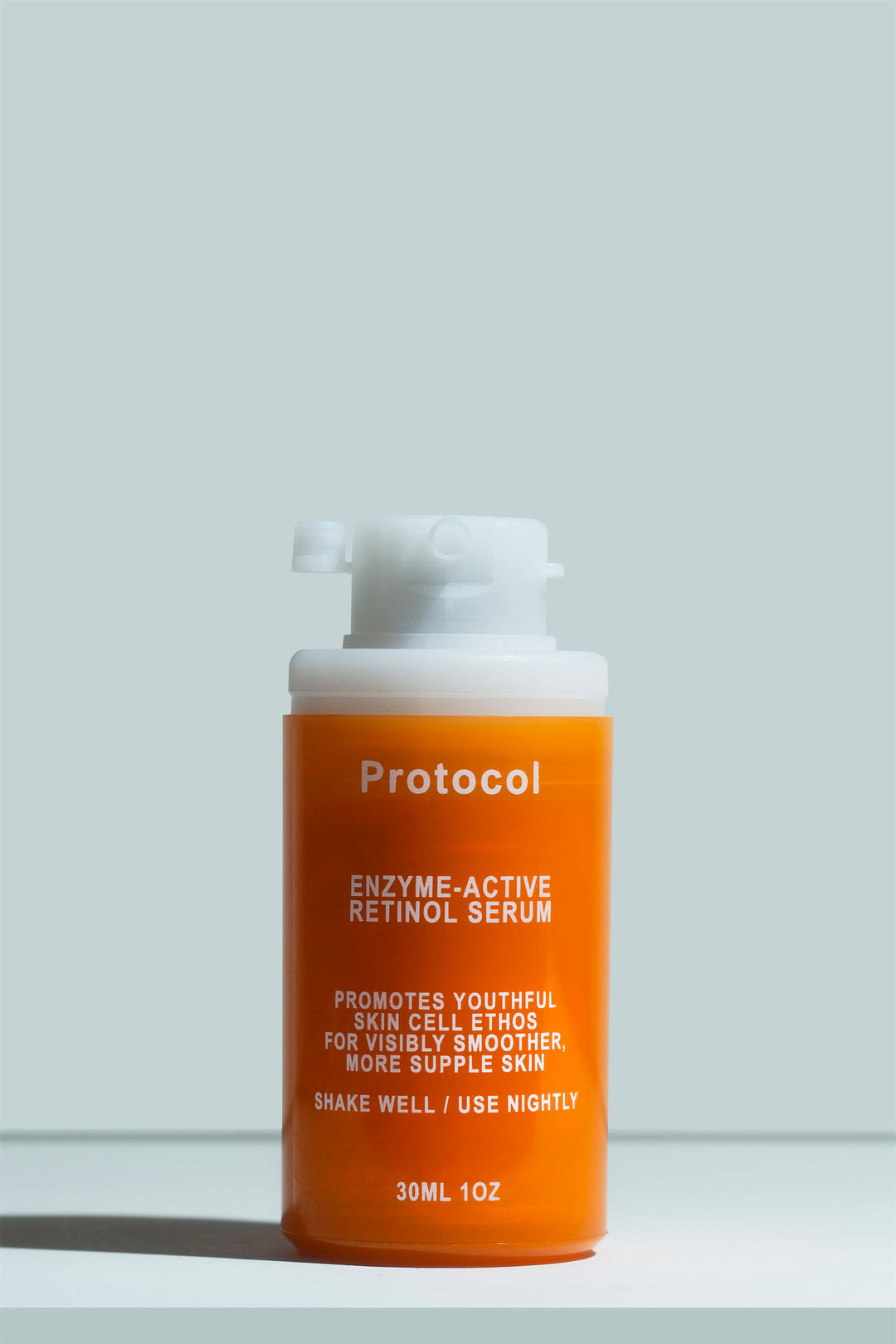How to Heal a Popped Pimple as Fast as Possible


So you popped a pimple. Now, how do you heal the red, painful spot left behind?
We’ve all been there - resisting the urge to pop a pimple is a monumental task, especially when you have a pustule that’s ripe and ready to erupt. Unfortunately, chances are that what was a barely noticeable pimple before is now a big, angry wound.
In this post, learn how to heal your popped pimple quickly, so you can reduce your chances of developing scarring or hyperpigmentation.
We’ll explain how to treat a popped pimple based on first aid principles. We’ll also answer any other burning questions you might have about caring for popped pimples, and even touch on how to pop safely.
Understanding popped pimples
A pimple is an inflamed hair follicle that is clogged with a sticky mixture of dead skin cells, sebum, and a lot of acne bacteria. The acne bacteria causes inflammation, which is why pimples are often red, swollen, and filled with pus.
Popping a pimple isn’t advisable, but when you have pus collected beneath the skin, we know that it can be hard to resist. Unfortunately, once you pop a pimple, you’re left with what is basically an open wound that’s ready for re-infection.
A popped pimple can easily become the site of a staph infection, or it can heal poorly, resulting in a scar that is incredibly difficult to fade without expensive, invasive treatments.
How to heal your popped pimple
By following these three simple steps, you’ll help your popped pimple heal cleanly, with a lower chance of scarring or re-infection. Make sure to follow these steps as soon as you can after popping your pimple.
Wash
Keeping things clean is essential for preventing re-infection, which can be significantly worse than your initial pimple. So first of all, wash your hands thoroughly after popping your pimples. Even if you washed your hands prior to popping (and we hope you did), the pus in your pimple was filled with bacteria which now might be on your hands.
Next, wash the affected area gently with a mild cleanser and cool or lukewarm water. Avoid scrubbing or rubbing harshly, so as not to irritate the skin further. Finally, rinse your skin and dry it carefully with a disposable tissue or cotton pad.
Occlude
Immediately afterward, apply a thin to medium layer of a skin protectant to keep the blemish moist and free from bacteria. A moist treatment environment is imperative for healthy wound healing, and your popped pimple is indeed a wound now.
You can use any kind of ointment recommended for wound care, including petroleum jelly or antibacterial ointment.
Consider a hydrocolloid patch
If you’ll be tempted to keep touching the popped pimple, use a pimple patch or hydrocolloid instead of ointment. Much like an occlusive ointment, it will keep bacteria out and help your popped pimple heal, but the smooth layer of the patch will help curb your urge to pop.
You can leave a hydrocolloid bandage on for 24 hours, at which point you can remove it and switch to ointment, or change it completely.
How long does a popped pimple take to heal?
A pimple will often go away on its own in 3 to 7 days. Once you’ve popped a pimple, however, the healing process will take a lot longer, since your body now has to repair an open lesion. A popped pimple can take as long as several weeks to totally fade from view - if it becomes re-infected, the process will take longer.
As your skin closes up slowly, you might experience scabbing and redness in the first few days after you’ve popped. As it finishes healing, the popped pimple can leave behind scars, hyperpigmentation, or post-inflammatory erythema (a red mark), which can remain for years without costly clinical treatments.
What’s the fastest way to heal a popped pimple?
The fastest way to heal a popped pimple is to keep it clean, occluded from bacteria, and moist. Most studies point towards hydrocolloid bandages offering the ideal balance of occlusion and moisture while preventing the growth of bacteria in the area.
Occlusive ointments like Vaseline, while also effective, can rub off easily, and they don’t offer the same level of protection from reinfection.
How to hide a popped pimple
Another trick you can depend on in an emergency is to hide your popped pimple, especially if it’s only for a few hours during an important event. We have two great tricks to recommend.
Hydrocolloid patch and concealer
You might not know, but hydrocolloid patches can actually hold makeup really well. You’ll have a much easier time camouflaging your popped pimple if you apply a pimple patch first, and it’ll be better for your healing process!
All you need to do is apply your hydrocolloid patch to cleansed skin. Ensure it has adhered completely, and then use a small brush to apply foundation or concealer, just as you would to any other skin imperfection.
Brimonidine
Brimonidine is an ingredient that temporarily eliminates redness from conditions like rosacea and acne through vasoconstriction. It’s often used in eye drops, in order to keep the eyes looking clear, but it’s also available as a gel for the skin.
When you have an emergency event, a product with brimonidine can temporarily help transform the color of any red spots for several hours. It’s a great option if your skin is no longer broken or weeping from your popping attempt, but is still looking red or irritated. Once the brimonidine wears off, the redness will return, so this trick is best only saved for emergencies.
What can I put on a popped pimple overnight?
The best thing to put on a popped pimple is an occlusive, which is any water-repelling product that will create a moisture seal over the skin.
Hydrocolloid patches and bandages are excellent because they can absorb any moisture that comes out of the popped pimple while keeping the environment bacteria-free and moist. That said, if you don’t have one on hand, petroleum jelly or anti-bacterial ointment can also help.
What to avoid when healing a popped pimple
Keeping your popped pimple clean and protected is the only way to get it to heal, but unfortunately, there’s a lot of bad advice out there. Here’s what not to do:
- Don’t touch your popped pimple anymore. We know it can be tempting, but seriously, keep your hands away. Put a patch or even a bandaid on it, and go watch some pimple-popping videos instead.
- Don’t use drying ingredients like benzoyl peroxide, clay, or sulfur. Acne spot treatments could have helped before you popped your pimple, but they’re no longer beneficial once your skin is broken.
- Avoid having other objects come in contact with your face by holding your phone on the other side or sleeping on your back rather than on your stomach.
- Don’t use makeup while your skin is still broken, or for at least the first few hours after you’ve popped your pimple. If you need to hide it, apply a hydrocolloid patch first.
How to pop a pimple safely
The safest way to pop a pimple is to not do it in the first place, but we all know that abstinence-only education doesn’t really work. If you’ve never been able to resist the urge, here’s what you can do to mitigate damage.
- Start with clean hands and clean skin. Consider washing your face with a medicated cleanser that contains benzoyl peroxide or salicylic acid.
- Hold a warm compress against the pimple for a few minutes. You can simply use a washcloth dipped in warm water. This will help soften the surface, making it easier for the pimple to pop with minimal damage.
- Use the pads of your fingers or cotton swabs. You don’t want to use your nails when attempting to pop, since they’re more likely to harbor bacteria and damage the surrounding skin.
- Apply light pressure with your fingers or swabs, just along the sides of the pimple - this might be enough for the pimple to pop.
- Continue pressing on your pimple gently until the entirety of the clog has come out, or else your pimple may refill.
- Use a disposable lancet to gently create an opening from the side of the pustule if pressure from your fingers isn’t doing the trick. Diabetic lancets are ideal because they’re sharp and disposable.
- Don’t try to pop under-the-skin cysts or bumps. Popping should only be done when the congestion is near the surface of the skin. Once you damage the dermis layer of your skin, you’re nearly guaranteed a scar, not to mention you risk causing a worse infection very deep in the skin, that’ll be much harder to treat and may require systemic antibiotics.
A poppin’ conclusion
The best way to heal a popped pimple is by following simple first aid. There’s no need to overcomplicate it!
After all, popped pimples are basically open wounds. The treatment should involve keeping the skin clean, moist, and protected from external forces of irritation or infection. That way, it can heal on its own quickly, with a lower risk of developing a dark mark or scar.
Aside from that, it’s better to skip the popping when dealing with a breakout. We’ve created a complete guide on how to get rid of breakouts both short and long-term, so you can avoid damage control in the first place.





